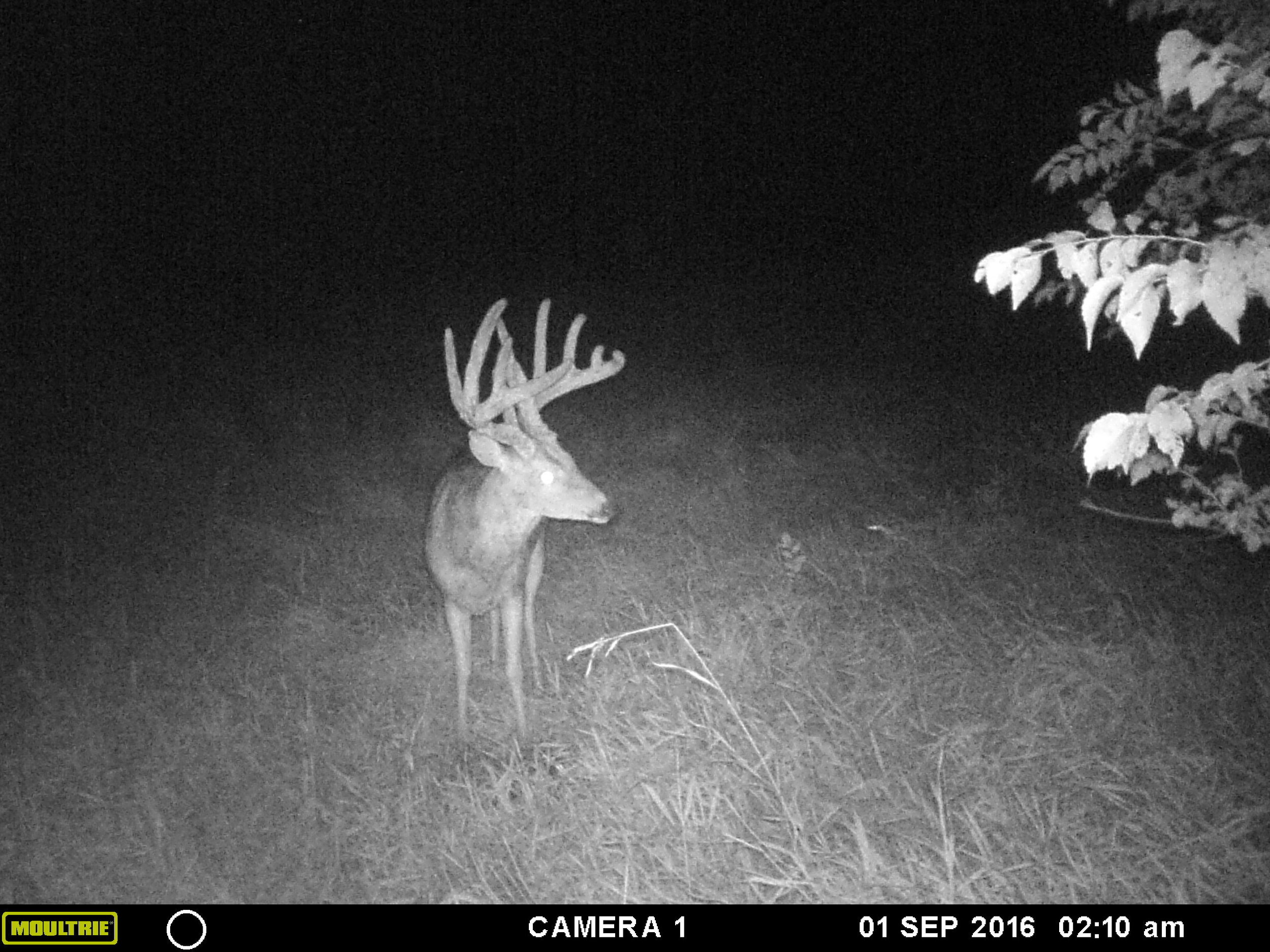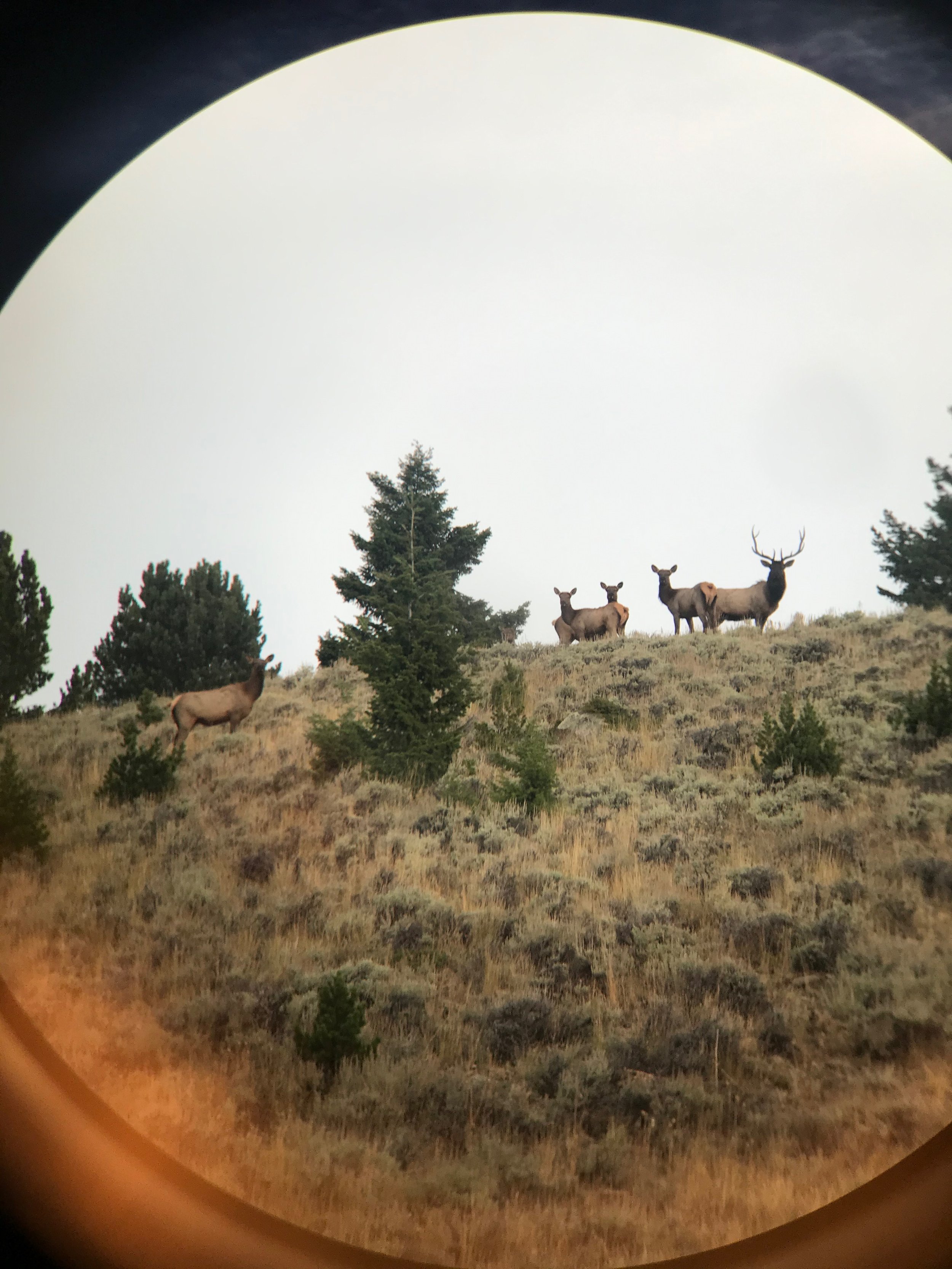By Alex Comstock
As I am sitting here this morning, typing this blog post, I can't help but wonder if this giant buck I am spending a lot of time and effort hunting right now is a waste of time. To back up a bit, I have multiple trail camera pictures of quite possibly the biggest buck I've ever gotten on camera. All under the cover of darkness, and quite frankly nowhere near shooting hours. This scenario more than likely happens to a fair share of deer hunters. So with all of that said, how do you hunt a buck like that? We all dread hunting a ghost of a buck, and for good reason, there is a major danger to hunting a ghost, but there are ways to do it...
What is a "Ghost"? First, lets dive a little bit deeper into what we define as a ghost. A ghost buck is a buck that doesn't move in daylight. You have trail camera pictures of him, but their all during the middle of the night. When trying to decide if the buck you have nighttime pictures of is a ghost, you need to ask yourself if you think he is moving in daylight anywhere else. If you hunt a small piece of property, it is very likely that the buck could be bedded on a surrounding property and moving in daylight over there, but not working his way to your property until well after dark. On the other hand, if you hunt a larger piece of ground, and maybe even have an idea of where he beds, but still only get pictures of him during the middle of the night, that can be a tough pill to swallow.
What next? The best way I can describe what to do if you think you have a ghost buck on your hands is what I'm starting to do in my current situation. Right now, where I have pictures of this giant, is on a mix of public and private. The pictures during the middle of the night are being taken on a field edge (private land I have permission on) but adjacent to the field is roughly 300 acres of public hardwoods. If I had to guess, that would be my best bet on seeing this buck during the day. There is some great bedding habitat on the public land. Based on this knowledge I put up four trail cameras on this piece of property. I didn't intrude too much into the woods, not wanting to educate this buck, but if I get pictures of him down in there closer to daylight, I will confirm his general bedding area, and hopefully he is moving closer to daylight.
In general, I would move some trail cameras around in the general area you believe a potential ghost lives. If you can locate him closer to daylight in an area, then focus your cameras in that area. Keep tweaking them carefully until you close in on where he is most apt to get up in daylight. Be prepared though (just like I am right now) he may not be getting out of his bed until after dark anyways.
Deciding How to Hunt a Ghost: There is nothing worse than confirming a buck only moves at night. It can be painfully hard to soak in for a hunter. How do you go about hunting a buck that never moves during the day? There are a couple things you can do. First, I would recommend finding another buck to hunt, but still monitoring your trail cams. Don't waste a ton of hunting effort on a buck you won't ever see. BUT, that doesn't mean not to ever hunt the buck.
Opposed to spending all of your effort on him, play your cards right. During September and October, go in after him when there is a major cold front. That weather system might just be what you need to get him on his feet a few hours earlier. If you've got an idea on where he is bedding, hunt close to his bedding area with the right wind, and you may catch him leaving his bed during the daylight for the first time of the year. The other time to hunt him is the more obvious time of the year, and that's the rut. Focus on a nearby doe bedding area, or even his bedding area. Crazy things can happen during the rut. It's why I like it, but dislike it at the same time. One thing is for sure, and that's you never know what can happen during that time of the year.
Conclusion: There is a major danger to chasing a ghost. Especially if it is a mega buck and you want him bad. The biggest danger is focusing all of your attention on a monster that only moves at night, while there could be other spots you have to hunt, where other bucks are much more killable. When it comes to a ghost, you have to hunt smarter and more timely, and even though the odds aren't in your favor, you might still be able to get it done.











